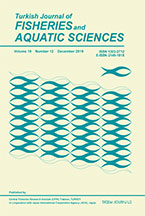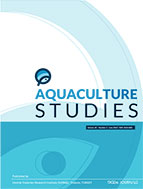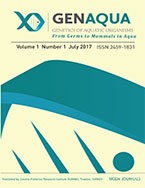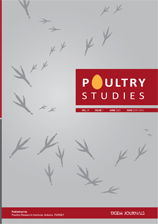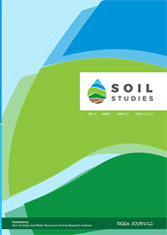Horticultural Studies (HortiS)
2025, Vol 42, Num, 2 (Pages: 051-056)
Changes in Morpho-Physiological Characteristics of Melon (Cucumis melo L.) Seedlings under Different Levels of Drought Stress
Gamze KAYA 1
1 Bilecik Şeyh Edebali University Agriculture and Natural Sciences Faculty Horticulture Department, 11230, Bilecik, Türkiye
DOI :
10.16882/HortiS.1663801
Viewed :
762
-
Downloaded :
510
Drought stress is one of the most common abiotic stresses that negatively
affects crop production. The purpose of this study was to determine the
morpho-physiological characteristics of melon plants in response to
increasing levels of drought stress induced by different polyethylene glycol
(PEG-6000, molecular weight 6000) concentrations. Melon cultivar
`Kırkağaç 589` seedlings with a 2 true-leaf stage were grown in a growth
medium containing peat: perlite: vermiculite (6:1:1, by volume) mixed with
5%, 10%, 15%, and 20% PEG-6000. Thirty days after drought treatment,
plant height, stem diameter, fresh and dry weight, dry matter, leaf area, leaf
temperature, chlorophyll content (SPAD), relative water content, turgor
loss, and electrolyte leakage were measured. The findings indicated that
as the severity of the drought increased, there was a notable decline in
plant height, fresh weight, dry weight, and relative water content. In
contrast, drought stress led to increased dry matter, leaf temperature,
chlorophyll content, electrolyte leakage, and turgor loss. The plant height
and fresh weight were particularly susceptible to drought stress, with
significant inhibition observed even at a concentration of 5% PEG.
Compared to the control, the relative water content decreased from 81.3%
to 69.0%, while electrolyte leakage increased from 20.9% to 27.2%. It was
concluded that electrolyte leakage serves as an indicator of drought stress
and that the drought severity of 10% PEG should be regarded as the critical
level for melon plants at the seedling growth stage.
Keywords :
Abiotic stress Chlorophyll content Electrolyte leakage PEG-6000 Water deficit



